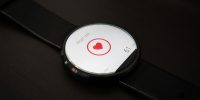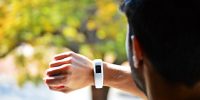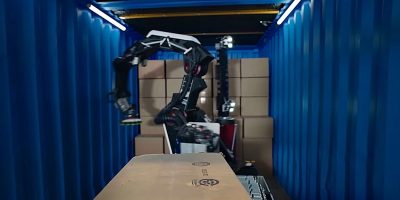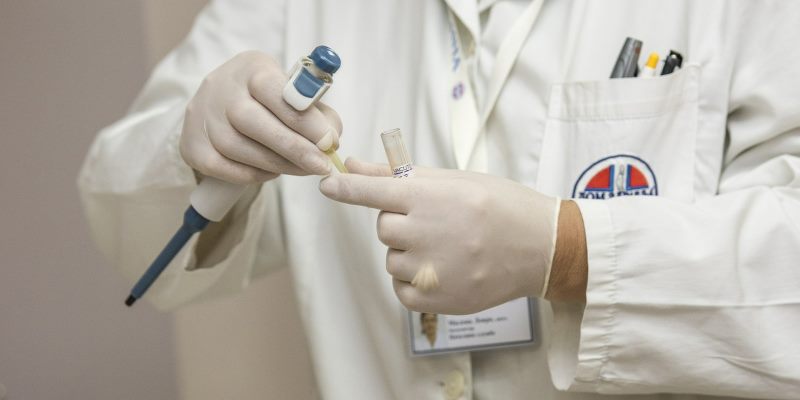
IoT may seem like “just a fad,” but it does have some very important niches. Healthcare, for example, can use IoT to enhance their current technology and improve the health of their patients.
We all know about the fitness bands you wear around your arm, but how about something a little deeper? How is IoT helping people with chronic and terminal illness?
Let’s take a look at three real-world examples where IoT is making a major splash in healthcare.
1. Smart Continuous Glucose Monitors (CGMs) and OpenAPS
These two entries both relate to the management of diabetes. Sufferers have to keep on top of their insulin levels to keep their bodies from going into a glucose inbalance. Unfortunately, forgetful people may not remember how many times they’ve taken insulin or how much their dosage is.
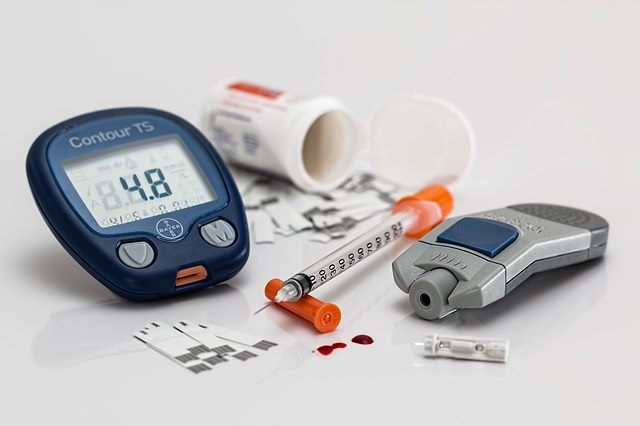
A smart CGM is being introduced that removes the hassle of checking glucose levels. Without the device, diabetes patients have to prick their skin for blood to measure their glucose levels. With a smart reader, however, they simply wear a device the size of a small coin. This gadget relays the data to a smartphone, so the patient has continuous updates on their health.
Moreover, a smart CGM can tell more than just the user about their glucose levels. How about informing the patient’s insulin pen, too? This is what OpenAPS aims to do. APS stands for “Artificial Pancreas System,” and its goal is to act similarly to a working pancreas. This is achieved through the insulin pen itself.
When the user goes to inject insulin, OpenAPS takes over the process to determine how much the user needs. It looks at what the smart CGM is reading, then uses the information to administer the correct dose. That way patients get the exact amount they need every time they go for an insulin boost.
2. CYberinfrastructure for Comparative Effectiveness Research (CYCORE)
CYCORE is designed to help cancer patients monitor their symptoms. Not only that, but it can automatically beam the results to the patient’s doctor, who can keep tabs on the patient’s health issues.
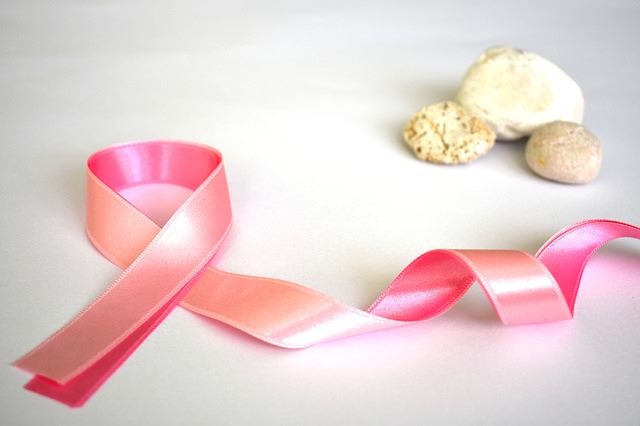
CYCORE has several parts to it. It features a Bluetooth weight scale, Bluetooth blood pressure monitor, and an app that collates these two measurements and sends them to the physician. As a result, it’s a relatively unintrusive means of monitoring patient health.
A recent test studied patients using CYCORE vs. patients that continued a regular treatment plan. After a few weeks the CYCORE patients had less severe symptoms than regular ones. This was due to the doctor having a plethora of information to work with via CYCORE, allowing the doctor to make better treatment plans for the patients.
3. Smart Inhalers
For people with asthma, it’s important to keep track of the condition of the outside air. They also require an inhaler while on the go to prevent asthma attacks striking while they’re vulnerable.
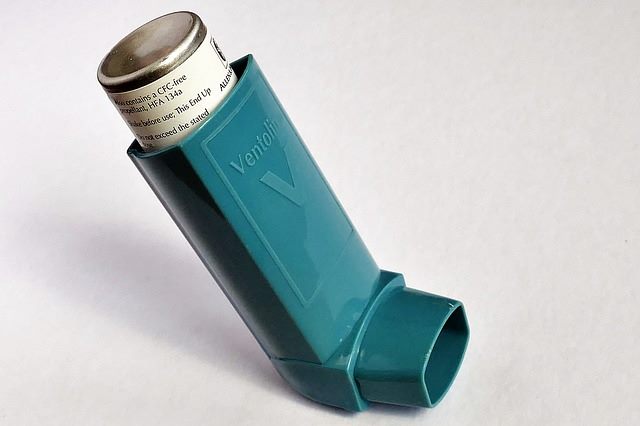
Smart inhalers, such as Propeller Health’s model, work by modifying an existing inhaler. It then registers the number of puffs the user has taken and transmits it to an app. The app also informs the user of the current air quality, so patients can prepare during bad conditions.
What’s more, the app “remembers” how many puffs the patient took on any given day and what conditions those days had. This way both the patient and the app can make accurate guesses on how much use the inhaler will see in a given day.
To Your Good Health
IoT is more than just fancy gadgets and smart hubs – it can also make waves in the sectors that matter most. We’ve already seen terrific advancement in healthcare, and these three examples demonstrate how the future will look.
What excites your the most about healthcare in IoT? Let us know below.
